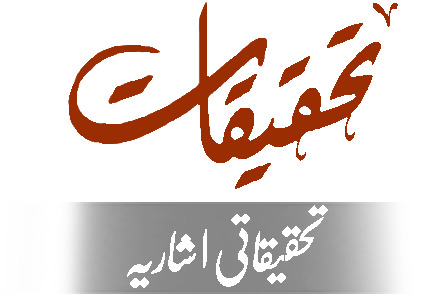مقالے کی معلومات
جلد
شمارہ
مقالے کی قسم
زبان
تاریخِ موصولہ
تاریخِ قبولیت
تلخیص
Objectives: To assess vitamin D status and its determinants in infants aged
1-6 months, of south Punjab.
Methods: Sixty infants, 30 each healthy & sick, 1-6 months were recruited,
from August 2010 to June 2011. The vitamin D levels & its determinants
were ascertained & analyzed with SPSS 17.
Results: The mean age of healthy infants (n = 30) was 83 ± 55 (mean ±
S.D) days. Among them, 76.7% belonged to low socio economic strata.
Serum 25(OH)D ranged 10.1- 82 nmol/L, mean 29.95 ± 22.09 nmol/L and
median was 19.53 nmol/L. The infants with 25(OH)D level <30 nmol/L were
70%, <50 nmol/L were 80% and all were below 85 nmol/L. The 80% males
& 100% females had vitamin D <50 nmol/L.
Of the 60 infants (sick & healthy), the mean 25(OH)D was 34.4 ± 25.23
nmol/L. Of these 48% (28) had vitamin D <20 nmol/L, 57% (33) had < 30
nmol/L, and 81% (48) had <50 nmol/L. Age and income were only
factors, In this group, that had some association with vitamin D
deficiency (25(OH)D <30 nmol/L). The deficient infants/toddlers were
stunted. The mothers of infants with ≥30 nmol/L 25(OH)D consumed more
milk, meat, and eggs and their intake of calcium containing food was
higher(>750 mg/ day).
Conclusions: The majority of Pakistani infants in the south Punjab are
vitamin D deficient & universal antenatal and/or infant vitamin D
supplementation is the need of the hour.
Ghulam Mustafa, Ijaz Ahmad, Abu Talib, Nadir Bashir, Muhammad Aslam, Prof. Imran Iqbal. (2016) Low Vitamin D Status in Infants Aged 1-6 Months & Risk Factors, Pakistan Pediatric Journal, Volume 40, Issue 2.
-
Views
928 -
Downloads
80


